The NVIDIA GeForce GTX 1660 Review, Feat. EVGA XC GAMING: Turing Stakes Its Claim at $219
by Ryan Smith & Nate Oh on March 14, 2019 9:01 AM ESTMeet The EVGA GeForce GTX 1660 XC Black GAMING
Like last month's GeForce GTX 1660 Ti, the GeForce GTX 1660 is also a pure virtual launch, meaning it doesn't bring any Founders Edition models and leaves everything to NVIDIA’s add-in board partners. For today's reviewer, we're look at EVGA’s GeForce GTX 1660 XC Black, a 2.75-slot single-fan card with reference clocks and a slightly increased TDP of 130W. And this should all sound a little familiar; it's the same cooling design as the EVGA GeForce GTX 1660 Ti XC Black that we took a look at last month.
| GeForce GTX 1660 Card Comparison | ||||
| GTX 1660 (Reference Specification) |
EVGA GTX 1660 XC Black GAMING | |||
| Base Clock | 1530MHz | 1530MHz | ||
| Boost Clock | 1785MHz | 1785MHz | ||
| Memory Clock | 8Gbps GDDR5 | 8Gbps GDDR5 | ||
| VRAM | 6GB | 6GB | ||
| TDP | 120W | 130W | ||
| Length | N/A | 7.48" | ||
| Width | N/A | 2.75-Slot | ||
| Cooler Type | N/A | Open Air | ||
| Price | $219 | $219 | ||
To that end, there is nothing new about the design that we didn't cover last time. Utilizing technology and features first introduced with earlier RTX 20-series, the "XC" branded GTX 1660 incorporates aspects of EVGA's new iCX2 cooling design. For one, EVGA reworked their cooler design with hydraulic dynamic bearing (HDB) fans, offering lower noise and higher lifespan than sleeve and ball bearing types, and this is present in the EVGA GTX 1660 XC Black.
Like some of its older EVGA siblings, the GTX 1660 XC Black is a squat single-fan solution, complementing a longer and skinnier dual-fan version. Being so 'stubby', the one-fan GTX 1660 XC Black wields a triple-slot bracket and essentially occupies three slots due to the thick heatsink and correspondingly taller fan hub. The advantage of being so short, though, is suitability for mini-ITX form factors.
And unsurprisingly, considering that the GTX 1660 Ti XC Black lacked this feature, the GTX 1660 XC Black does not feature LEDs and zero-dB fan capability, where fans turn off completely at low idle temperatures. The former is an eternal matter of taste, as opposed to the practicality of the latter, but both tend to be perks of premium models and/or higher-end GPUs.
The output situation also holds no surprises, though partners ultimately can opt for what they'd like here. The GTX 1660 XC Black goes for a standard mainstream card configuration with 1x DisplayPort/1x HDMI/1x DVI and not including a USB-C/VirtualLink output. Although the TU116 GPU still supports VirtualLink, the decision to implement it is up to partners; the feature is less applicable for cards further down the stack, where cards are more sensitive to cost and are less likely to be used for VR. Additionally, the 30W USB-C controller power budget could be significant amount relative to the overall TDP.
And on the topic of power, the GTX 1660 XC Black’s power limit is capped at the default 130W like the GTX 1660 Ti XC Black, though theoretically the card’s single 8-pin PCIe power connector could supply 150W on its own.
The rest of the other GPU-tweaking knobs are there for your overclocking needs, and for EVGA this goes hand-in-hand with Precision, their overclocking utility. For NVIDIA’s Turing cards, EVGA released Precision X1, which allows modifying the voltage-frequency curve and scanning for auto-overclocking as part of Turing’s GPU Boost 4. Of course, NVIDIA’s restriction of actual overvolting is still in place, and for Turing there is a cap at 1.068v.
A final note is EVGA's new 'Associates' referral/rewards program, which launched just this month. EVGA Elite members can offer referral codes, which will provide the buyer a discount, and the referring member a 3-5% cut in the form of EVGA Bucks.


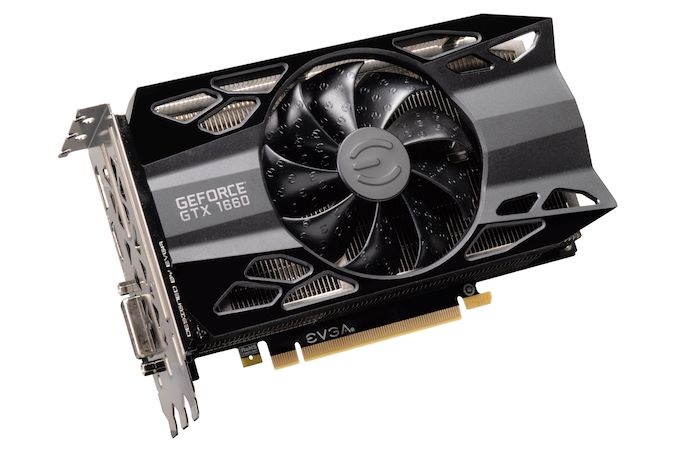

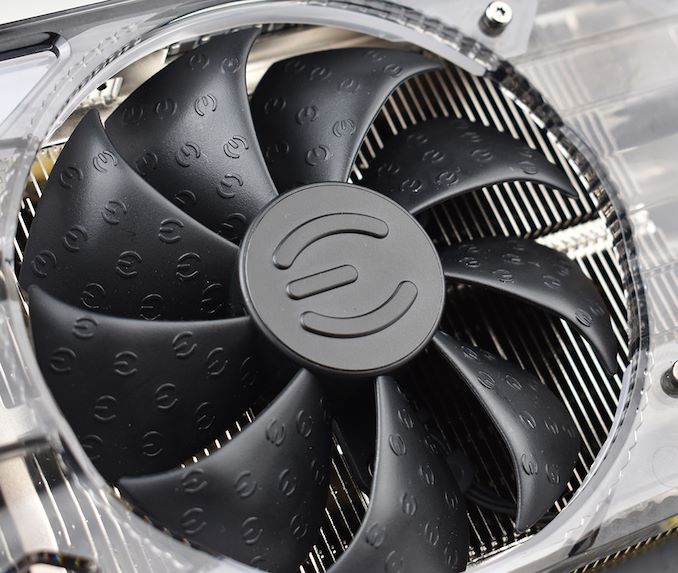
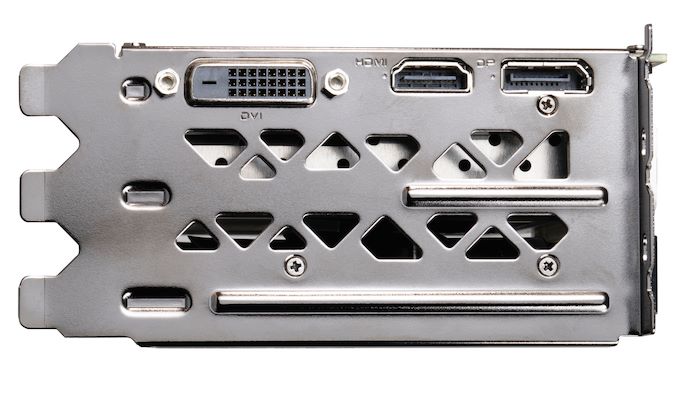
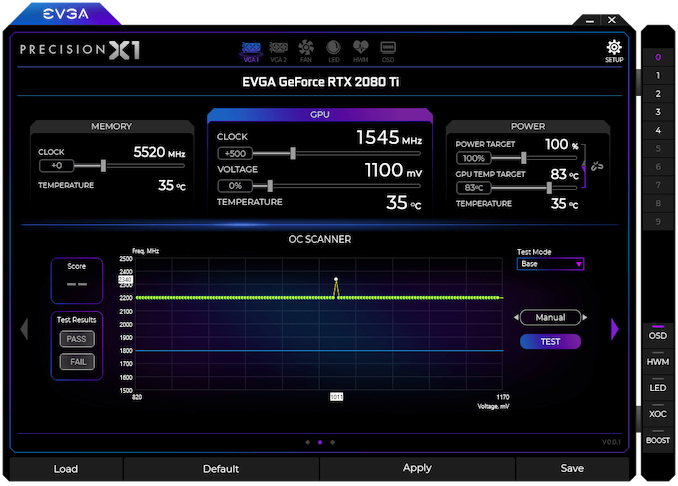
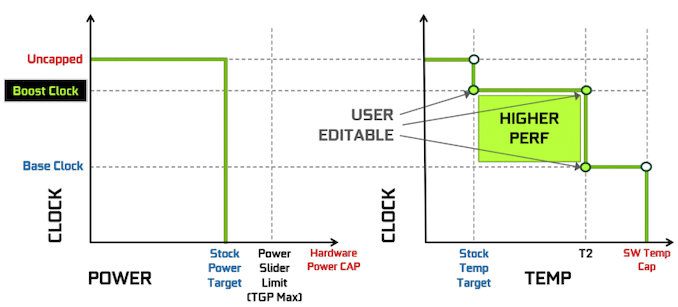









77 Comments
View All Comments
Qasar - Thursday, March 14, 2019 - link
it also depends on if the consoles even have any games some one would want to play... for me.. those games are not on consoles.. they are on a comp... not worth it for me to by a console as it would just sit under my tv unused..D. Lister - Saturday, March 16, 2019 - link
@eva02langley: "...console hardware is more efficient since it is dedicated for gaming only."smh... console hardware used to be more efficient for gaming when console hardware was composed of custom parts. Now, consoles use essentially the same parts as PCs, so that argument doesn't work anymore.
Fact of the matter is, consoles remain competitive in framerate by either cutting down on internal resolution, or graphic quality features, like AA, AF, AO, or in many cases, both res and features. Take a look at the face-offs conducted by the Digital Foundry over at Eurogamers.net.
D. Lister - Saturday, March 16, 2019 - link
@eva02langley: I also find it rather ironic that you, who has often criticized NVidia for not being open-sourced enough with their technologies, are making a case here for consoles that are completely proprietary and closed-off systems.maroon1 - Thursday, March 14, 2019 - link
Faster, consume much less power, smaller and produce less noise than RX590 which cost sameEven if you ignore the performance advantage, the GTX 1660 is still better out of the two. No reason to buy big power hungry GPU when it has no performance advantage
0ldman79 - Thursday, March 14, 2019 - link
What is it with Wolfenstein that kills the 900 series?I mean they're still competitive in almost everything else, but Wolfenstein just buries the 900 series horribly. If it's that bad I'm glad I'm not addicted to that series. I had thought about picking up a copy, but damn...
Opencg - Thursday, March 14, 2019 - link
they may be using some async techniques. the famous example is doom where many 900 series saw worse performance on vulkan due to async being a cpu based driver side implementation.Dribble - Thursday, March 14, 2019 - link
I think it's because it has FP16 code in the shaders - which Turing and newer AMD have hardware support for, but Pascal doesn't. It was AMD's trump card until Turing so you'll find a few AMD sponsored games use FP16.Ryan Smith - Thursday, March 14, 2019 - link
"What is it with Wolfenstein that kills the 900 series?"Memory capacity. It really wants more than 4GB when all of its IQ settings are cranked up, which leaves everything below the GTX 980 Ti a bit short on space.
AustinPowersISU - Thursday, March 14, 2019 - link
Used GTX 1070 still makes the most sense. You can easily get one for less than this card and have much better performance.Nvidia needs to do better.
eva02langley - Thursday, March 14, 2019 - link
It is still their best offering in term of price/performance from Turing. However, yeah, that should have been done way before.